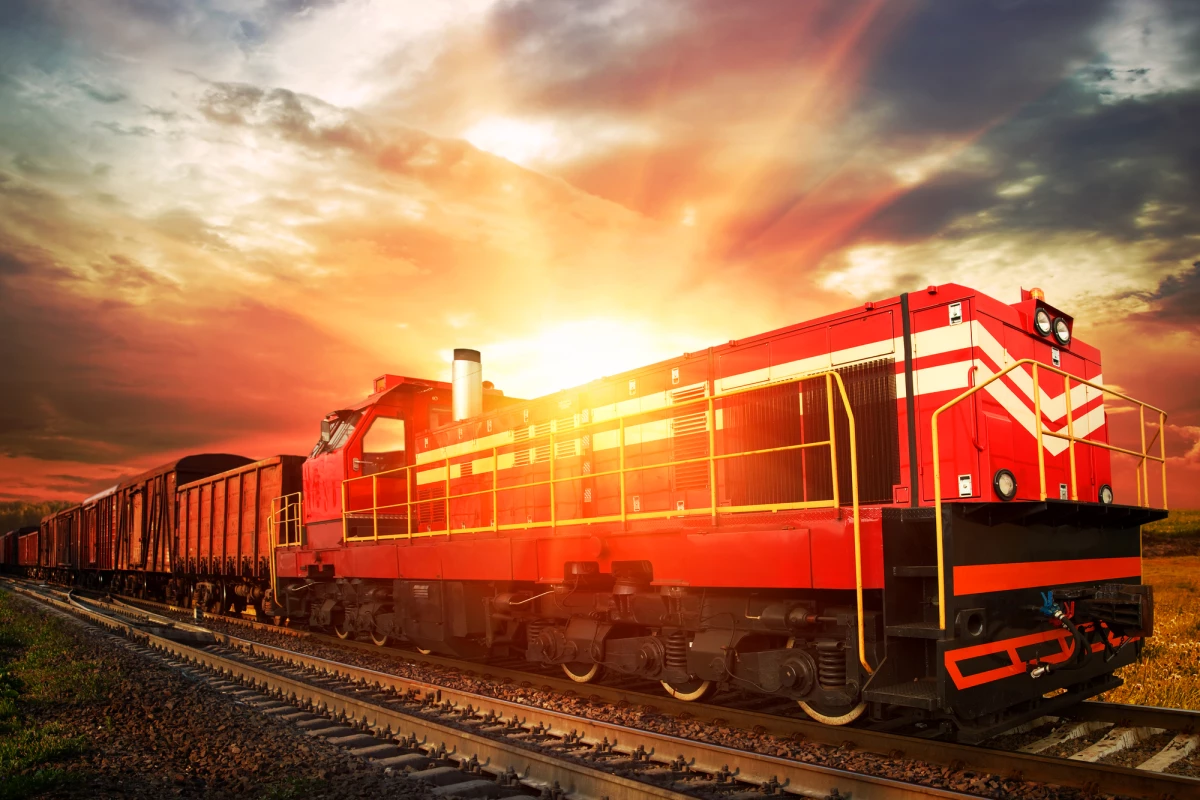We're seeing a growing emphasis on direct air capture technology in our efforts to combat climate change, and an interesting new take on this technology could see it put to use on railways around the world. US outfit CO2Rail is developing specialized rail cars that can be attached to existing trains and use energy from regenerative braking to power the onboard collection of carbon dioxide, preventing it from leaking into the atmosphere.
Direct air capture systems are gaining momentum as a potential weapon against climate change, by collecting CO2 from ambient air to negate its planet-warming potential. The US recently announced billions in new funding for research into this technology, and last month we also saw construction begin on what will become the world's largest direct air capture plant, which will soak up 36,000 tons of CO2 each year.
These types of facilities require land and tend to lean on renewable power sources such as solar or hydrothermal to power huge fans and filtering systems that capture the carbon. CO2Rail's idea is to have existing trains do the grunt work. Its purpose-built rail cars are designed to capture energy generated through regenerative braking to keep onboard batteries topped up, while leveraging the slipstream of the moving train in a "ramjet-type" process to avoid the need for fans.
This intake of air is directed into a large cylindrical CO2 collection chamber, where a chemical process separates the CO2 and stores it in a liquid reservoir to be emptied later. The clean, carbon-free air then flows harmlessly out of the back of the car and into the atmosphere. CO2Rail has now teamed up with scientists to crunch the numbers on its technology's potential, which are laid out in a newly published study.
According to the researchers, every complete train braking maneuver generates enough energy to power 20 homes for a day (currently, this energy is simply dissipated as a form of heat). If this was captured from nearly every stop made by every train around the world, it would amount to 105 times more energy than the Hoover Dam produces in the same timeframe. The figures put forward by the team on the carbon capture side of things are nothing to sneeze at either.
"This innovative technology will not only use the sustainable energy created by the braking maneuver to harvest significant quantities of CO2, but it will also take advantage of many synergies that integration within the global rail network would provide," explained study author Professor Peter Styring, from the University of Sheffield. “The technology will harvest meaningful quantities of CO2 at far lower costs and has the potential to reach annual productivity of 0.45 gigatons by 2030, 2.9 gigatons by 2050, and 7.8 gigatons by 2075 with each car having an annual capacity of 3,000 tonnes of CO2 in the near term.”
Achieving gigaton-scale removal of carbon dioxide is one of the key objectives of Climeworks, the company behind the world's largest direct air capture plant mentioned above. But equally important is the expense of doing so. Climeworks aims to drive its costs down to US$100 per ton of carbon removed, while Australian outfit Southern Green Gas is aiming for $72 a ton by harnessing the country's ample supply of solar. According to the new research, CO2Rail's technology has the potential to scale to a cost of $50 per ton.
“At these price points and with its tremendous capabilities, CO2Rail is likely to soon become the first megaton-scale, first gigaton-scale, and overall largest provider of direct air capture deployments in the world," said study author Professor Geoffrey Ozin from the University of Toronto.
The research was published in the journal Joule.
Source: University of Sheffield




